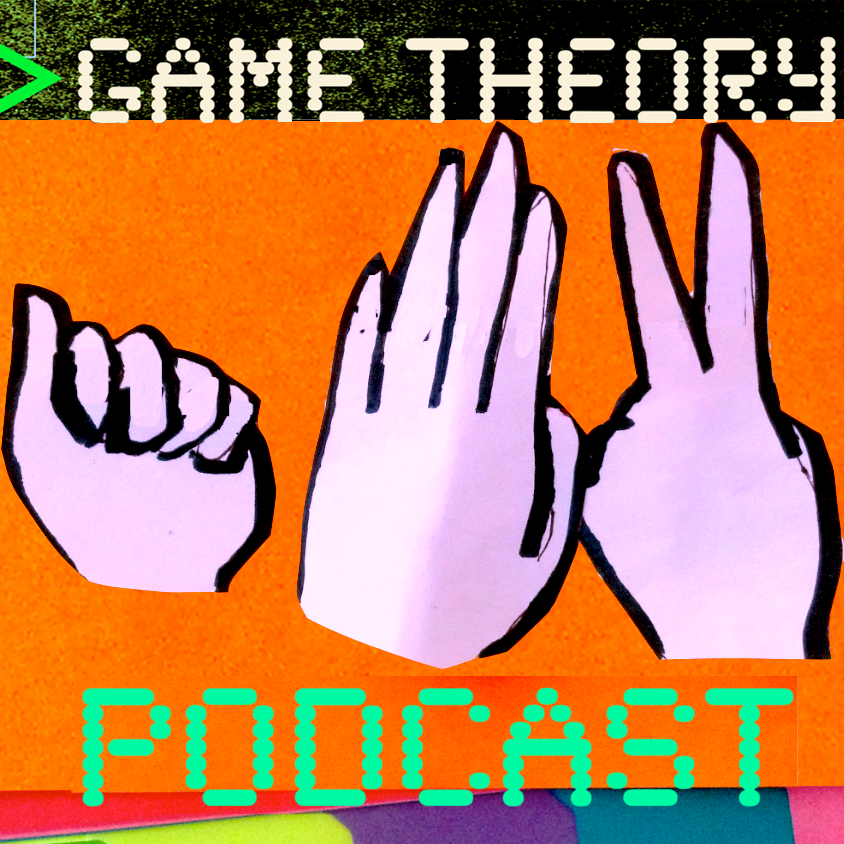
E15: Design Innovation
Recorded on February 11th, 2013 with Brian Fife, James Fingal, and Thomas Westberg.
This is not the oft-promised indie episode - it is something much better! When thinking about what he liked about indie games, Jim realized the aspect that he wanted to discuss was the innovative design elements in many of his favorite games.
Innovative games often represent a thought experiment or a deliberate isolation or exaggeration of a specific game mechanic or component. This means that often, short form and indie games are the right format for this investigation.
Brian also finally gets to complain about pixel art, and Tom startles the group with a shocking (ok, mildly interesting) confession.
Referenced items:
Match Three Game, Portal, Pong, Doom, Outsider Art, Legend of Zelda, Super Mario Bros., Dune Two, Literature of Exhaustion, Memento, Tower Defense, Bejeweled, Limbo, Fl0w, Osmos, Ingmar Bergman, Stephen Merchant, Electroplankton, Biophilia, Sonic the Hedgehog, Alien vs. Predator (FPS), Journey, Left 4 Dead, Halo, Hundreds, Galcon, ToeJam and Earl, Earthworm Jim, Battletoads, World of Goo, Shadow of the Colossus, Ico, Kinectimals, Kinect Party, Mario Party, WarioWare, Kongregate, Raving Rabbids, Mirror’s Edge, Dungeon Keeper, Holy Invasion of Privacy, Badman, Hoard, Starcraft, Sim Life, Spore, Eve Online, Red Dead Redemption, World of Tanks, Half Life, Counter-Strike, X-Com: UFO Defense, X-Com: Enemy Unknown, 10,000,000, PixelJunk, Ni No Kuni, Studio Ghibli, Dishonored, Mass Effect, Dungeon Raid, Pinball Arcade, Medieval Madness, Cirqus Voltaire, Pin*Bot, Black Knight 2000, Waking Mars, Sid Meier’s Pirates!, Lili, Letterpress.